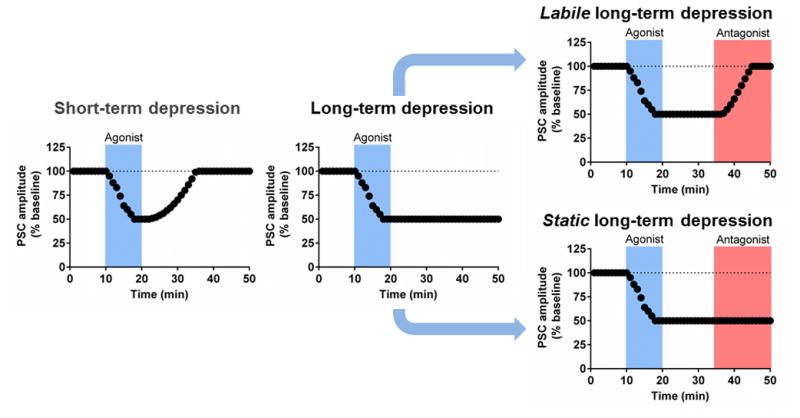Figure 1. Operational definitions for distinct forms of synaptic depression.

(a) Short-term synaptic depression (STD) persists for only as long as the neurotransmitter or agonist is present in the preparation (usually seconds to minutes) and therefore reverses upon washout of receptor agonist or termination of a stimulation induction protocol. (b) Depression that lasts for tens of minutes or longer following termination of receptor agonist application or an induction protocol is defined as long-term depression (LTD). LTD may be further subdivided into two operational definitions; “labile” and “static” LTD. (c) Evidence for labile LTD may be obtained by a chase with a receptor antagonist subsequent to LTD induction, as persistent receptor activation will therefore be blocked and LTD reversed. (d) We refer to the second definition of LTD as “static” LTD. Static LTD does not reverse when a receptor agonist application (or LTD-induction protocol) is followed by a receptor antagonist chase.
